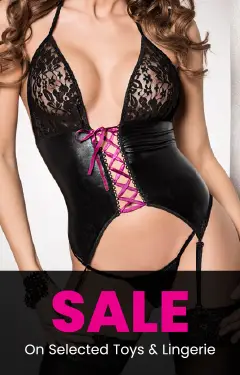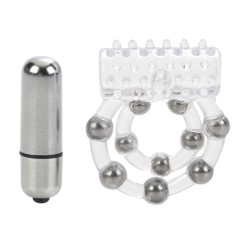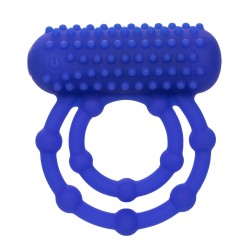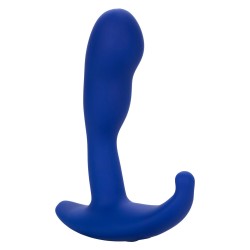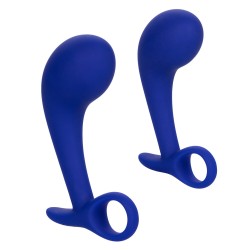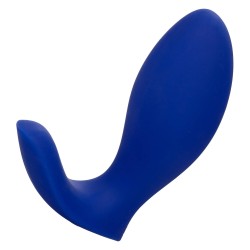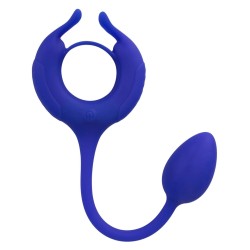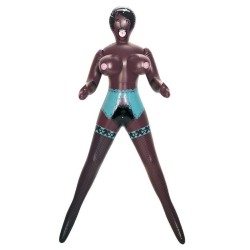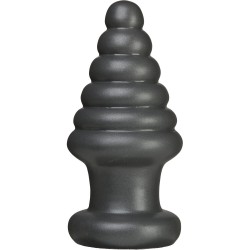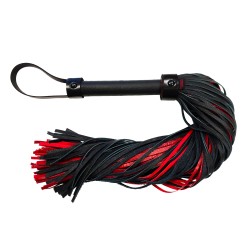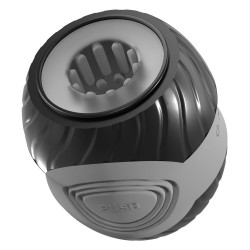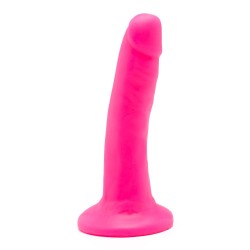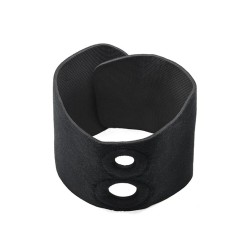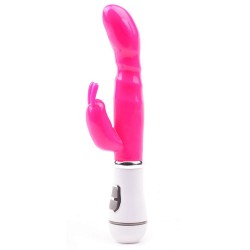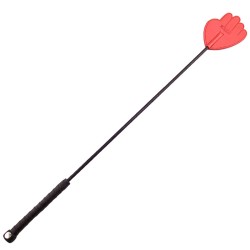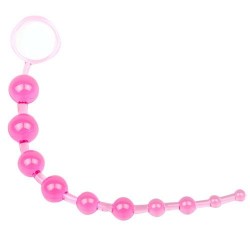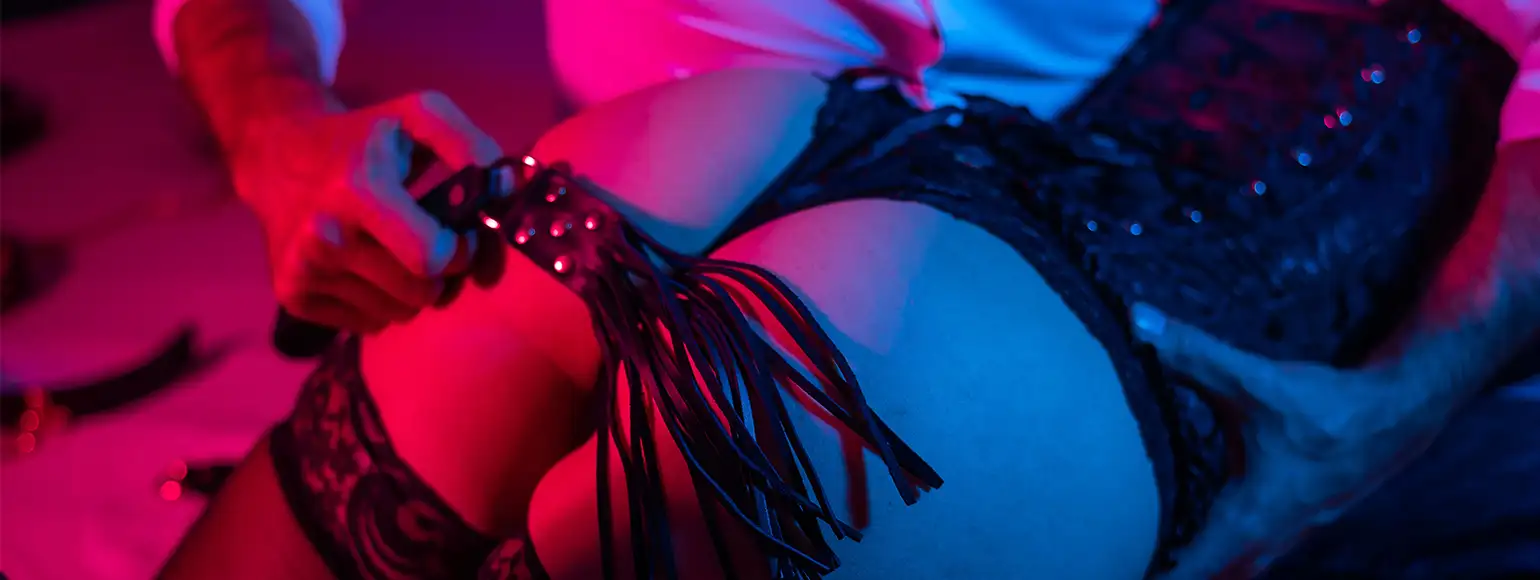
Bondage might sound intense if you’re new to it, but for us, it started with simple curiosity. A pair of cuffs here, a blindfold there — nothing serious, just playful fun. But the more we explored, the more we realised it wasn’t just about sex. It was about trust. About surrender. About creating something together that felt raw, exciting, and deeply connected.
We’re not professionals, and we’re not trying to be. We’ve had our share of awkward moments and first-time nerves, but that’s all part of the journey. We’re just a real couple learning as we go — and truthfully, we’ve only just begun. There’s still so much we want to try — more gear to get, more scenes to explore, more ways to push boundaries safely and with love.
So this guide isn’t coming from a place of expertise — it’s coming from a place of love, curiosity, and a bit of bravery. If you’re wondering what bondage is all about, or why so many couples (including us) keep coming back to it, keep reading. We’ll share what we’ve learned, what’s worked for us, and why it’s become one of the most powerful parts of our connection.
What Is Bondage and Why Do People Love It?
For us, bondage isn’t about pain — it’s about presence.
It’s that moment when one of us is tied down, fully exposed, and the other is completely focused — no distractions, no outside world, just two people locked into a shared moment of trust. That’s what drew us in. It wasn’t the gear, or the fantasy stuff at first — well, okay… a bit was — but what really hooked us was how it made us slow down and really see each other.
Bondage, in its simplest form, is the act of restraining a partner — physically limiting their movement using cuffs, rope, tape, or even a scarf. But beyond that, it’s a way to explore power, vulnerability, and anticipation. There’s something incredibly intimate about willingly giving control to someone you love, or being trusted enough to take that control.
Some people love the visual aesthetic of it — the look of rope across bare skin, the sight of a blindfolded partner. Others crave the mental side — the build-up, the surrender, the deep dive into sensation when movement is limited. For us, it’s a bit of everything.
The first time we tried it properly, we didn’t know all the rules. We still don’t. But we did know how to talk, check in, and keep it playful. That’s what made it hot. That’s what made it safe. And that’s why we kept coming back to it.
Bondage might look extreme from the outside, but on the inside? It can feel like the safest, most connected space you’ve ever been in.
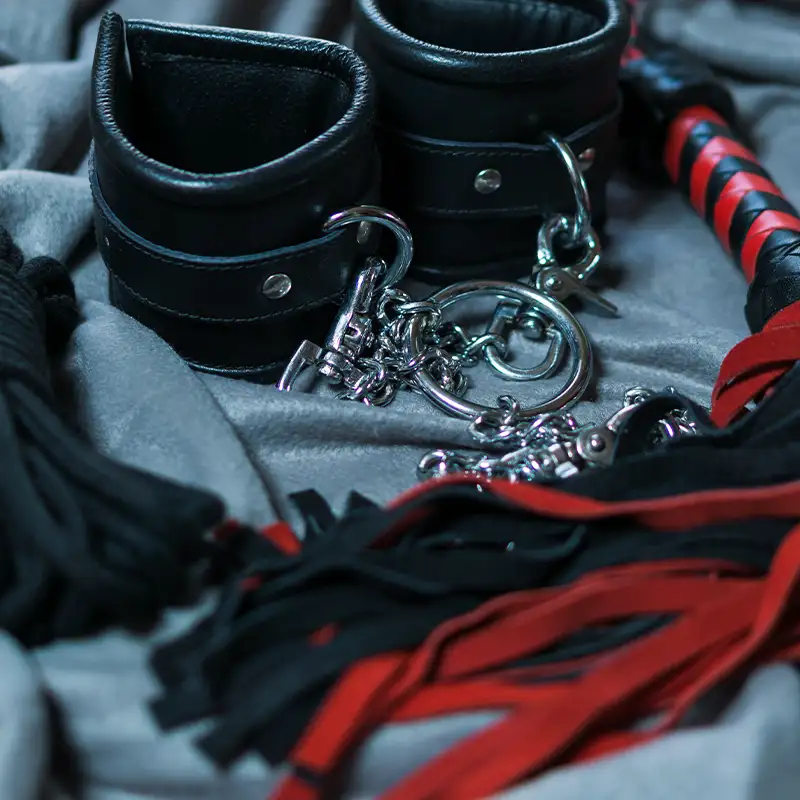
Beginner Bondage Gear: What We Started With (and Still Use)
When we first started exploring bondage, we didn’t have a clue what we were doing — and we definitely didn’t have a dedicated sex room. We were just experimenting in the bedroom with a couple of cuffs and a blindfold, wondering where it might lead. The fantasy stuff was definitely a turn-on, but it wasn’t the reason we kept coming back to it. It was the feeling — of trust, tension, closeness, and excitement.
Now, we’re lucky enough to have our own private playroom, complete with gear like a St. Andrew’s Cross and an obedience bench. But honestly? That came much later. Some of our best moments happened long before we had all the equipment. A soft rope under the bed. Bondage tape. A blindfold and the sound of a partner’s breath quickening. That’s all you really need to get started.
You don’t need a dungeon or a dozen tools to explore this. You just need a few well-chosen items, a safe environment, and a partner who’s open to playing.
Here’s what worked for us starting out — and still forms the base of most of our scenes today:
- Cuffs (with buckles or Velcro)
Soft, padded wrist and ankle cuffs are a must. We started with a set that attached under the mattress — no drilling, no setup, just slide the straps under the bed and clip them on. They’re quick to use, secure enough to feel exciting, but safe and easy to release if needed. - Blindfolds
We underestimated how powerful a blindfold can be. The moment one of us wears it, every touch becomes amplified. Not seeing what’s coming builds anticipation in the best way — and it helps the one in control slow down, be more intentional. - Bondage Tape
No adhesive, no mess — just clings to itself. Bondage tape was a total surprise win. We’ve wrapped wrists, thighs, even used it for a makeshift gag once. It’s affordable and versatile, especially if you’re not ready for rope work. - Paddle (vs. Flogger)
We’ve got a few floggers, but the sting can be a bit much, especially for my wife — she’s not really into the sharper sensations they give. The paddle, though? That’s a favourite. It delivers more of a deep, thuddy smack than a sting, which feels intense without being overwhelming. A padded leather paddle with some weight behind it makes all the difference — it’s playful, powerful, and perfect for warm-ups or longer scenes. - Obedience Bench (Spanking Bench)
We’ve got a bench that straps her down in a forward-leaning position. It’s padded and sturdy, and it’s where we’ve had some of our most intense scenes. Being bound and bent over with her hands secured? It brings out that beautiful mix of vulnerability and excitement. - Wartenberg Wheel (aka the "Wheel of Pain")
Sounds brutal, but it’s not. It’s a small spiked wheel that rolls across the skin. It doesn’t hurt — more of a sharp tickle that wakes everything up. Especially effective after blindfolding when all the senses are heightened. - St. Andrew’s Cross
We’re lucky enough to have two of these in our space. It’s not something everyone will have (or even want), but there’s a reason it’s iconic. Being cuffed spread-eagle on the cross is a full-body experience. It looks intense — and feels even more so. - Rope (Still Learning!)
We’re only just getting into proper rope play. It’s a skill on its own, so we’re taking it slow. Watching tutorials, practising knots, and easing into scenes. It’s sensual, slow, and focused — but also requires more knowledge and communication.
Don’t feel like you need it all.
Start with what excites you. Even just a pair of cuffs and a blindfold can completely shift the way you connect. Build up over time, stay open with each other, and explore together. That’s what makes it fun — and real.
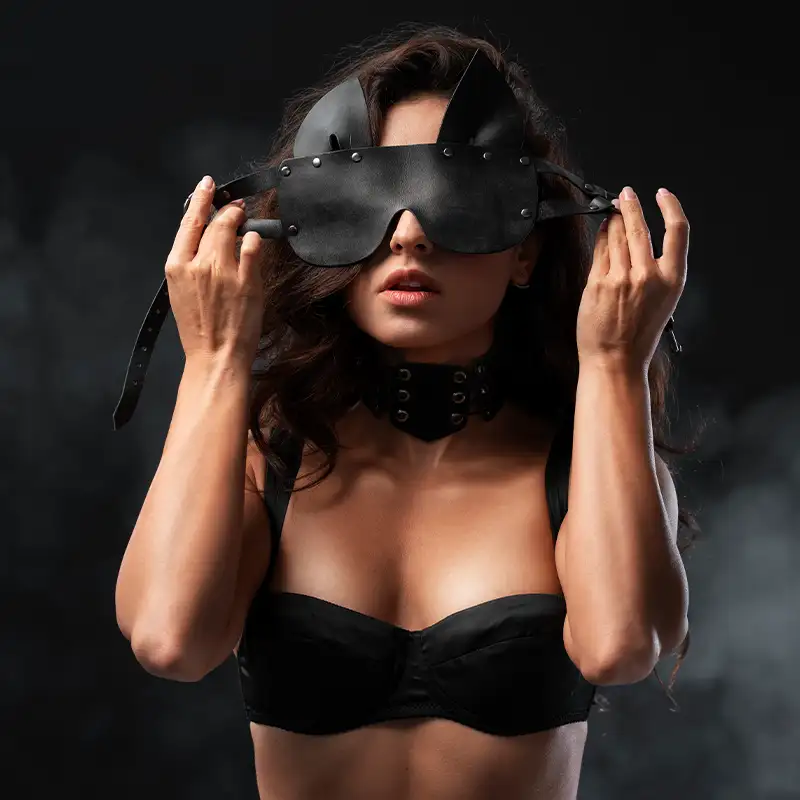
Talk First, Tie Later: Consent, Communication & Emotional Safety
Before the cuffs come out, have a conversation. It doesn’t have to be heavy — just honest. Talk about what you’re curious to try, what’s off-limits, and what kind of vibe you’re in the mood for. Some of our best scenes started with a laugh and a “so… what are you up for tonight?”
Consent isn’t a one-time checkbox — it’s a conversation that keeps happening throughout the scene. A whisper. A hand squeeze. A check-in that feels like connection, not interruption. The more you communicate, the deeper you both get to go — and the safer it becomes to fully let go.
We used to think bondage was mostly about the physical — the cuffs, the blindfolds, the anticipation. But we’ve learned the real intensity comes from being seen. Being trusted. Being safe enough to let go.
That’s why emotional safety matters just as much — if not more — than rope tension or impact zones.
We don’t use a formal safe word. We’ve just built the kind of trust where “wait,” a shift in breathing, or a sudden stillness is enough. And I respond — always. That kind of responsiveness doesn’t kill the mood. It creates it.
You never know what someone’s carrying. Past trauma, bad relationships, shame, childhood stuff — kink can stir it all up. So we move with care. We go slow. We ask, even when we think we already know.
Here’s what we do practically:
- 🔪 Safety scissors are always nearby when rope’s involved — nobody should be stuck figuring out a knot in a panic.
- 🫱 We check in mid-scene — not with “everything okay?” in a loud voice, but with a glance, a touch, a whispered “you good?”
- 🧠 We stay curious. We don’t assume the other person is fine just because they look turned on. We ask. And we listen.
Because ultimately, bondage isn’t about being tied up. It’s about feeling held. Not just by rope — but by the person who tied it.
And that’s what makes the scene unforgettable.
How to Stay Physically Safe During Bondage Play
If there’s one thing we’ve figured out as we’ve gone deeper into bondage, it’s this: the hottest sessions are the safest ones. When there’s trust, you can push things further — mentally, physically, emotionally. But that trust only comes when both of you feel looked after.
We don’t use a “safe word” as such — we just talk. If something doesn’t feel right, my wife tells me. We’ve built that kind of honesty over time, and it works for us. But whatever system you use, make sure there’s a way to pause or stop that you both understand. That reassurance makes it easier to relax and enjoy everything.
One really important thing we learned early on — especially with spanking, paddling, or using a flogger — is to be careful where you strike. You never hit over the kidneys, spine, or anywhere with bones close to the surface. The kidneys sit just below the ribcage in the lower back, and a hard hit there can cause serious internal damage — even bruising or trauma you can’t see from the outside.
The safest spots are usually the bum, upper thighs, and the fleshy parts — areas with plenty of muscle and padding. That way, you get all the sensation without risking injury. We always start slow, feel it out, and check in often to make sure everything’s still fun.
We never leave each other tied up alone. If someone’s restrained, the other person stays right there and pays attention. That awareness keeps it fun and safe.
And after? Aftercare is everything. Once the play stops, it’s not over. We usually lie down together, cuddle, and just enjoy that closeness. Sometimes we talk about what we liked, sometimes we don’t say much — just being there is enough. It’s how we come back to each other, grounded and connected.
Bondage isn’t just about what you do. It’s about how it makes you feel — and how you make each other feel through it all.
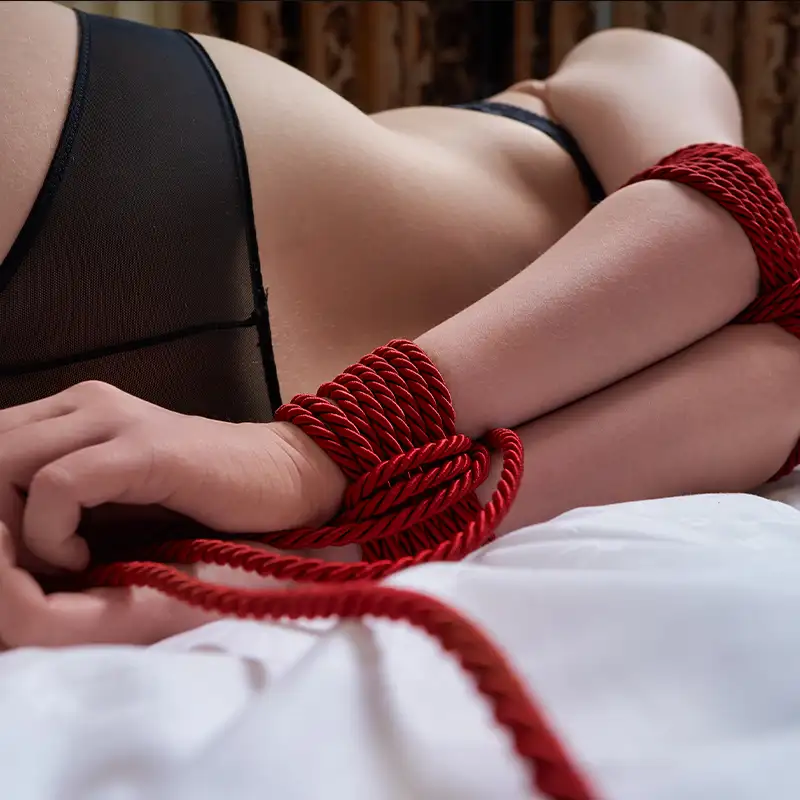
How to Build a Scene: From Conversation to Connection
For us, bondage isn’t about putting on a show. It’s not fast. It’s not loud. It’s a slow burn — a quiet unfolding of tension, control, and connection.
Sometimes it starts while we’re doing something completely normal — brushing teeth, folding laundry, making dinner. A look. A sentence. “I think I want to be tied up later.” That’s all it takes to shift the energy. Nothing forced. Just curiosity building.
A scene isn’t just tying someone up and doing something to them. It has a rhythm — a beginning, a middle, and an end. First there’s the build-up: the teasing, the power exchange, the little moments that say “I’ve got you.” Then comes the restraint — the cuffs, the blindfold, the rope. That’s when the energy shifts. Then the sensation begins — whether it’s spanking, toys, edging, temperature play, or just the intensity of waiting. Finally, there’s the aftercare — the emotional landing, the reconnection.
If you’ve never done this before, it can all feel a bit mysterious. Ropes, cuffs, blindfolds… how does it actually play out?
Here’s a simple, real-world breakdown of what a beginner bondage scene might look like — from start to finish.
🔹 1. The Setup
• You’ve already talked about boundaries and desires.
• The space is ready — maybe the bed is cleared, music low, toys or cuffs within reach.
• There’s a vibe shift — the moment where one of you says, “ready?”
🔹 2. Restraint Begins
• Cuffs, rope, tape, or even a necktie — the submissive is gently restrained.
• This creates stillness, anticipation, and a focus on sensation.
• Maybe they’re blindfolded, adding to the suspense.
🔹 3. Control & Sensation
• The dominant partner takes the lead — and the mood deepens.
• Could start with light spanking, teasing words, or slow touch.
• Toys might come into play — a paddle, flogger, feather, vibrator.
• It’s about rhythm, control, and reading every response.
🔹 4. Rising Intensity
• You explore — sometimes rougher, sometimes tender.
• The submissive might be edged (brought close to orgasm, then denied).
• You pause, tease, slow down — then ramp it up again.
• Everything is done with focus and mutual awareness.
🔹 5. Ending the Scene
• The restraints come off slowly.
• You don’t just stop and walk away — you transition out gently.
🔹 6. Aftercare
• This is essential. You hold each other. Talk. Reconnect.
• Maybe there are blankets, cuddles, snacks, water.
• It’s about grounding back into reality and sharing what you just experienced.
🧠 Final Thought:
A bondage scene isn’t about hitting certain milestones or doing it “right.” It’s about intention. Being present. Building a shared headspace where one person can surrender and the other can guide — safely, confidently, and with care.

Spanks, Smacks & Sensation: The Physical Side of Bondage
Let’s talk about the part that gets people curious — and a little nervous: the actual doing. The hitting. The toys. The moans. The marks. Whether it’s your first time with a paddle or your tenth time flogging someone’s backside, this is where it gets physical.
But it’s not about whacking away blindly. Great impact play is thoughtful. Intentional. And when done right? Utterly addictive.
Start slow — always.
Whether you’re using your hand, a paddle, or a flogger, don’t go straight in hard. Warm up the skin first. A soft smack over the bum or upper thighs. A gentle rub. Maybe a light scratch. Get blood flowing, wake up the nerve endings. You’re not just building pain — you’re building anticipation.
Choose your tools, choose your vibe.
Here’s what we use, and how we play with them:
- 🖐️ Hand spanking: Direct and intimate. Easy to control. We use this to start — testing pressure, teasing, mixing in caresses and commands. You feel skin-on-skin, which adds connection.
- 🪵 Paddle: Ours is leather. It gives a satisfying thud. We use it when she’s already warmed up — short bursts, rhythmic or unexpected. She loves it when I mix in praise between hits.
- 🧵 Flogger: A little more advanced but very versatile. The tails can sting or thud, depending on how you swing it. I start with light swings, then build. It’s hypnotic when you get the rhythm right.
- 🛞 Wartenberg wheel: Not impact, but pure sensation. Roll it slowly across the skin after spanking — especially along the thighs, nipples, or stomach. It drives her wild.
Mix and match. A few strikes, then a slow lick down the spine. A slap, then a kiss. It’s not just about pain — it’s about contrast.
Know where to strike — and where not to.
✅ Good spots:
- Bum cheeks
- Upper thighs
- Outer hips
- Shoulders (for light flogging)
❌ Avoid:
- Lower back (kidneys)
- Spine
- Neck
- Joints
- Anywhere with sharp bones or fragile tissue
You’re aiming for fleshy, padded areas — places that can take sensation without real risk.
Watch the body, not just the butt.
You can’t zone out and start counting strokes. You’ve got to be with them. Are they arching into it? Pulling away? Breathing faster? Moaning or tensing?
Their body will tell you if they’re flying, overwhelmed, or needing a pause. If you’re unsure, ask. A quick “still good?” or a gentle touch on the shoulder keeps the connection alive.
Don’t rush the rhythm.
A good scene ebbs and flows. Harder. Softer. Then stillness. Sometimes I stop completely, just to let her breathe and wonder what’s next. That moment of silence? It hits harder than the paddle ever could.
You’re not punishing them. You’re pleasing them.
Impact play isn’t about punishment — even if you’re roleplaying that way. It’s about delivering something they want. Something their body craves. It might look intense from the outside, but inside? It’s all trust and release.
Aftercare: The Bit No One Talks About (But Should)
We didn’t realise how important aftercare was until we skipped it one night. Everything had gone great — the build-up, the play, the intensity — but afterwards, we just sort of… went our separate ways. And it felt off. Like something was missing. That’s when we learned: bondage doesn’t end when the cuffs come off.
Aftercare is how you come back together. It’s how you check in, re-connect, and make sure your partner feels safe, seen, and loved after putting themselves in such a vulnerable position — whether they were tied up, spanked, blindfolded, or doing the tying themselves.
For us, it can be as simple as cuddling in bed, talking about what we liked, or grabbing a drink together and just grounding ourselves. Sometimes it’s gentle kisses and reassurance. Other times it’s making her laugh and lightening the mood again. There’s no “one way” — it’s about what you both need to feel close and okay.
Especially with scenes that involve power play or impact play, emotions can spike high. That rush can leave you feeling amazing — or a bit wobbly. And that’s normal. Aftercare helps process it. It says: “I’ve got you. We’re still connected. We’re okay.”
Don’t skip it. No matter how short or light your scene is, take the time to check in after. Ask: “How are you feeling?” Not just physically, but emotionally too. You might be surprised at how much it deepens your bond.
Common Bondage Myths (and What We’ve Learned Instead)
When we first started exploring bondage, we had all sorts of ideas in our heads — most of them wrong. It’s easy to assume things when your only reference point is what you’ve seen in porn or read online. But real-life kink, especially in a loving relationship, looks very different.
“It’s all about pain.”
This one couldn’t be further from the truth. Yes, impact play can be part of it — but bondage is more about power dynamics, trust, and sensation than actual pain. Half the time, it’s not even about what hurts — it’s about what makes your partner feel held, excited, or turned on.
“You need loads of equipment.”
Nope. We started with just a blindfold and a pair of cuffs. Some of our most intense scenes happened before we had any gear at all. You don’t need a sex dungeon — just curiosity and consent. That said… having one is bloody brilliant. And if you're curious what it's like to build your own, we shared our experience here.
“It’s only for hardcore people.”
We’re a pretty normal couple. We work, we watch Netflix, we do the shopping. Bondage doesn’t mean you’re ‘extreme’ — it just means you’re exploring your desires together. And honestly, it’s made our connection stronger.
“If you’re the dominant one, you’re in control.”
Actually, the one who’s submitting is really the one in charge. They’re trusting you with their body and boundaries — and that’s a big responsibility. The dominant role isn’t about doing whatever you want. It’s about listening, watching, and staying connected throughout.
“It always has to be sexy.”
Sometimes it’s clumsy. Sometimes the cuffs get tangled, or one of us laughs halfway through. And sometimes it’s so intimate we both end up emotional. Bondage doesn’t have to look perfect — it just has to feel right for you.
We’re not experts. We’re just a couple who started exploring bondage out of curiosity — and found it brought us closer in ways we never imagined. It’s not about how much gear you’ve got, or how “kinky” you are. It’s about trust, communication, and discovering what turns you both on in a safe, respectful way.
Final Thoughts: Bondage Is About Connection, Not Perfection
We’ve fumbled, laughed, stopped mid-play to talk, and sometimes scrapped a whole scene because something didn’t feel right. And that’s okay. That’s how you learn what works — and what doesn’t. Every couple is different. What feels amazing for one might not work for another, and there’s no shame in that.
The biggest thing we’ve learned? It’s not about control or dominance — it’s about connection. About being fully present with each other, listening with your whole body, and creating a space where you can both feel vulnerable, excited, and free to explore.
So if you’re just starting out, take it slow. Talk, listen, check in. Use safe practices. And most of all, have fun with it. You might just find — like we did — that bondage isn’t just about tying someone up. It’s about untying a deeper kind of intimacy you didn’t know was possible.




















